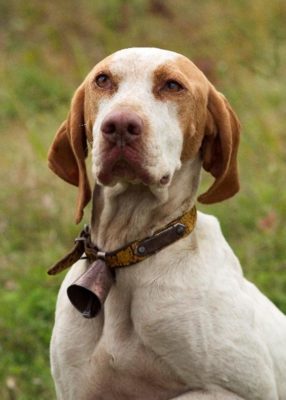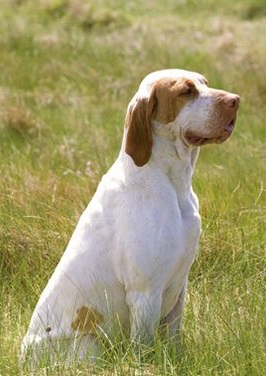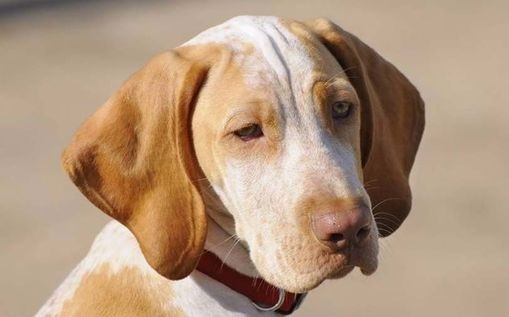Ariège Pointer
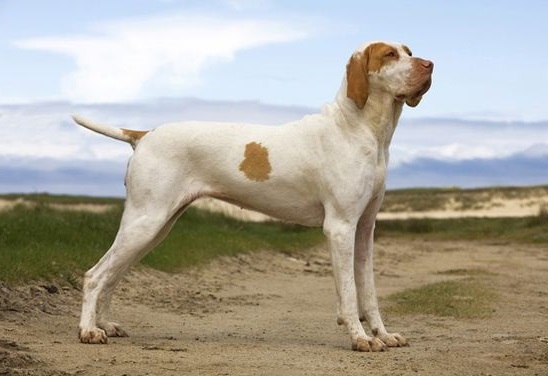
Gambling, brave and hardy – the Ariège Pointers were bred for hunting in the open countryside. Physical strength and tirelessness in the pursuit are the best characteristics of the Ariège Pointer. They are quiet and kind, loving children, and friendly to all relatives in the family circle. They do not like strangers and small pets; they may perceive them as prey and open the hunt.
Table of Contents
Breed Information
| Another Name | Braque de l’Ariège, Ariège Pointing Dog |
| Origin | France |
| Height | Males 56-65 cm Females 60-67 cm |
| Weight | 25-30 kg |
| Fur | Short |
| Color | Brown-white, orange-white, reddish-white |
| Lifespan | 12-14 years |
| FCI Classification | Pointing Dogs |
| Group | Watchdogs |
| Price | From $2000 |
Breed Photos
Origin History
The Ariège Pointer, or Braque de l’Ariège, is an ancient French breed, but its exact origin is lost. It is said to have originated in the 19th century due to crossbreeding between Italian and Spanish Braccoons. The breed was officially recognized in 1860. Cynologists classify the breed as a type of white royal dog, with the blue blood of the Gascon Hound and the Tullus Bracke in their genes. They have not been able to recover from the Second World War and are now on the verge of extinction. It is almost impossible to find them on France’s streets, and cynologists have been restoring the population bit by bit. The International Canine Federation (Fédération Cynologique Internationale) recognized the renewed Arrières Braccoons in 1998. They are intended for quail and partridge hunting, but due to their innate kindness and poise, they are excellent for the role of companion.
Appearance
The Ariège Pointer is a large breed. It can grow up to 70 cm in height and weigh up to 30 kg. The owner of a narrow, long muzzle and floppy, curled ears. Thick tail low planted and cropped, oval paws, there is a suspension on the neck. The large, slightly convex nose with prominent nostrils has a pink-brown tint. The eyes are almond-shaped and may be amber or brown. The short and thin coat has a silvery sheen and can be white, yellowish-brown, or reddish-feather.
Character
Gambling, brave and hardy – the Ariège Pointers were bred for hunting in the open countryside. Physical strength and tirelessness in the pursuit are the best characteristics of the Ariège Pointer. They are quiet and kind, loving children, and friendly to all relatives in the family circle. They do not like strangers and small pets; they may perceive them as prey and open the hunt. These energetic dogs can make excellent watchdogs and territory guards.
Care
The Ariège Pointer can only live in an apartment if it is walked frequently and exhausting daily training. Do not forget that a dog’s accumulated energy must be somewhere to go; if you do not pay proper attention to walks, it will have devastating consequences for the living space. The ideal habitat for the Ariège Pointer is a country house with a spacious area, where it can satisfy its instincts of a hunter and guard. Short hair is easy to care for; once a week, combing with a stiff brush is recommended. Hygiene of the ears and eyes is a must! The structure of the Ariège Pointer’s ears promotes the accumulation of dirt and the development of many infections. Claws are trimmed as needed.
Training
The Ariège Pointer needs a strong and firm hand when training. A strict approach to training and patience is exactly what is required to perform and learn commands successfully. Any slackness or the slightest mistake in practice, Ariège Pointer will not forgive you; it will destroy the regime you have established. He likes to act his way and will want to establish his own rules in your duo. Be vigilant!
Common Diseases
The Ariège Pointer rarely has health problems. Dogs with long floppy ears can suffer from inflammation of the ear canal. Infections accumulating on the woolly ears and inadequate ventilation contribute to this. Therefore, regular check-ups and gentle cleaning are important preventive measures for the excellent health of the dog.
Nutrition
The protein component of the diet is a major component of the diet of an active hunting dog. However, you should not feed your Ariège Pointer solely meat or milk. Remember that these foods are incompatible in a dog’s menu: offer him either chunks of lean meat or bread soaked in milk. Dogs gulp down food rather than chew it, so grate vegetables to extract the juice, which is the best way to digest the carbohydrates.
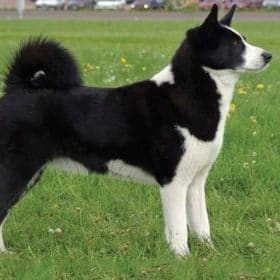 Karelian Bear Dog
Karelian Bear Dog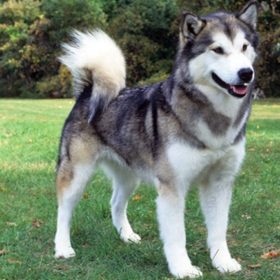 Canadian Eskimo Dog
Canadian Eskimo Dog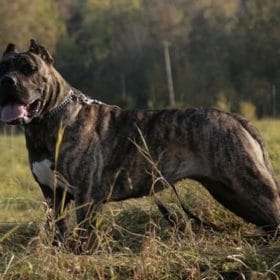 Presa Canario
Presa Canario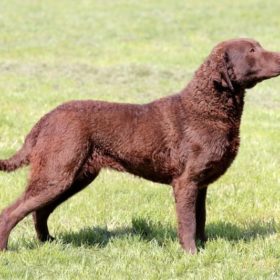 Chesapeake Bay Retriever
Chesapeake Bay Retriever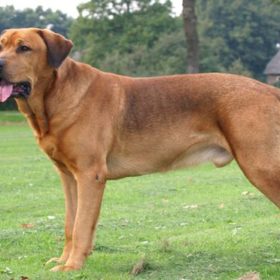 Broholmer
Broholmer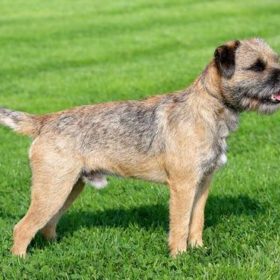 Border Terrier
Border Terrier